Future of Cities project closes

The Future of Cities project has now concluded. This blog is no longer being updated.

The Future of Cities project has now concluded. This blog is no longer being updated.
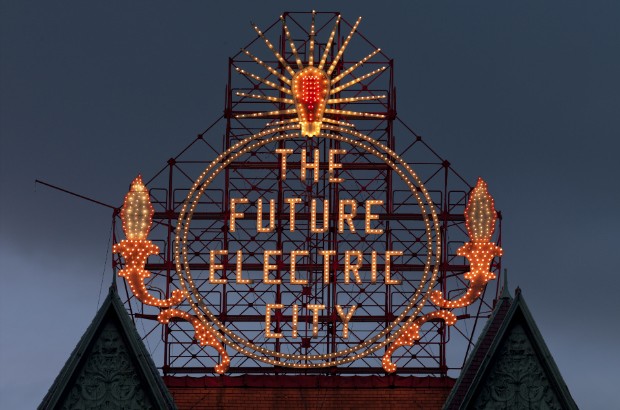
How can cities around the world reduce their greenhouse gas emissions?
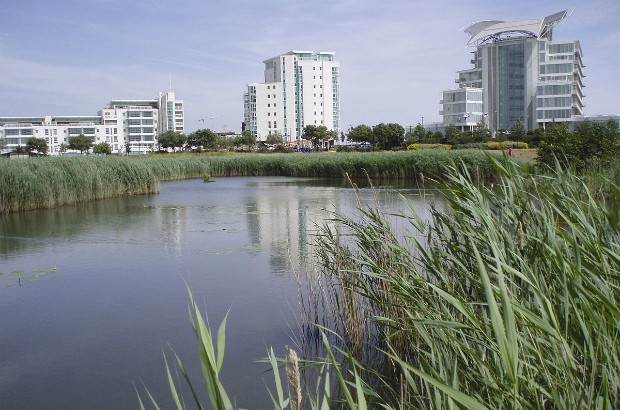
What opportunities might ecosystem services hold for the future city? Green roofs, living walls and vertical gardening are just some of the ideas mentioned in the latest paper published by the Future of Cities project.
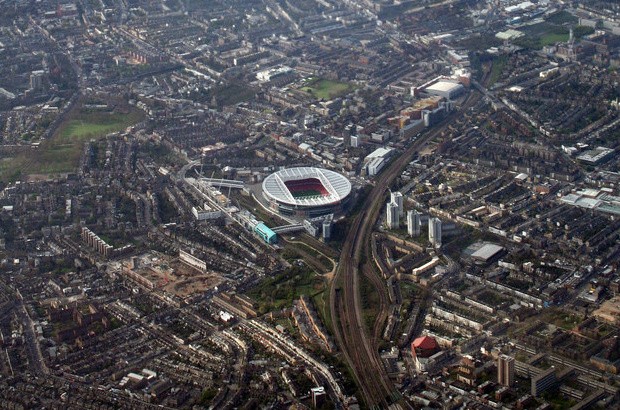
What do Arsenal’s Emirates Stadium in London, the now glorious heritage of Islington’s housing stock, and the cable-car system in Kathmandu for getting milk supplies to that city, all have in common?
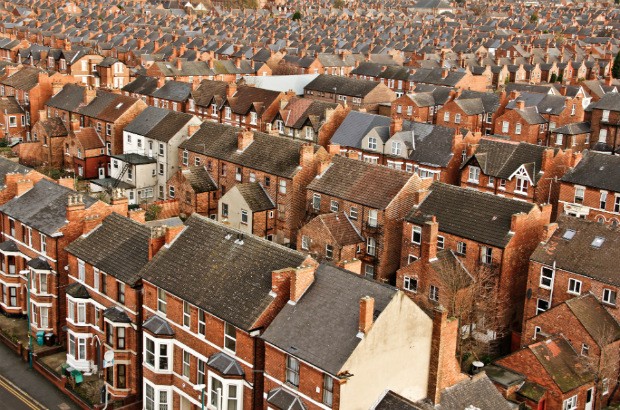
The role housing plays in underpinning or undermining achievement in British cities in the coming decades will vary from city to city.
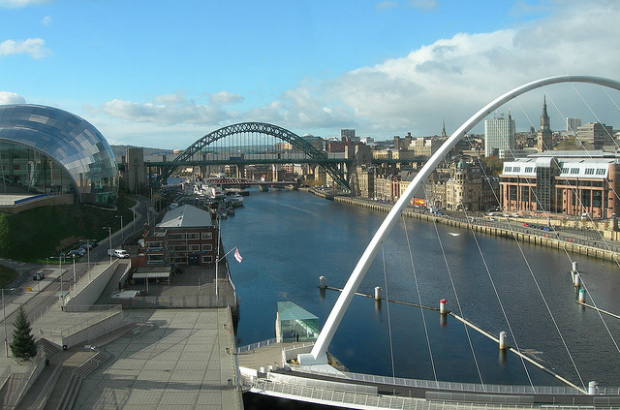
Writing some 30 years ago, in her classic study on 'Cities and the wealth of nations', the celebrated North American urbanist Jane Jacobs argued that nations are not the basic economic units, rather cities are.
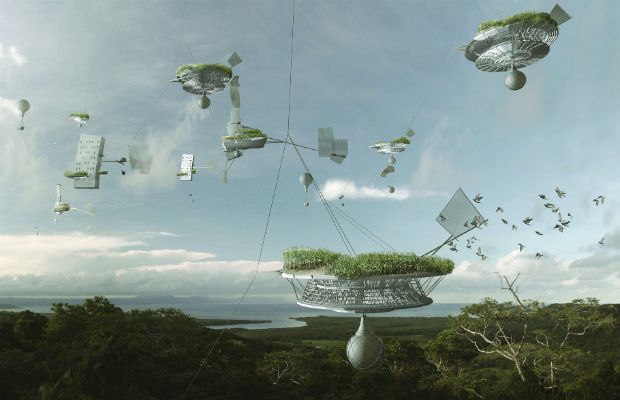
'A Visual History of the Future' examines how future cities have been visualised over the last 100 years, and considers what these depictions sought to communicate and why.
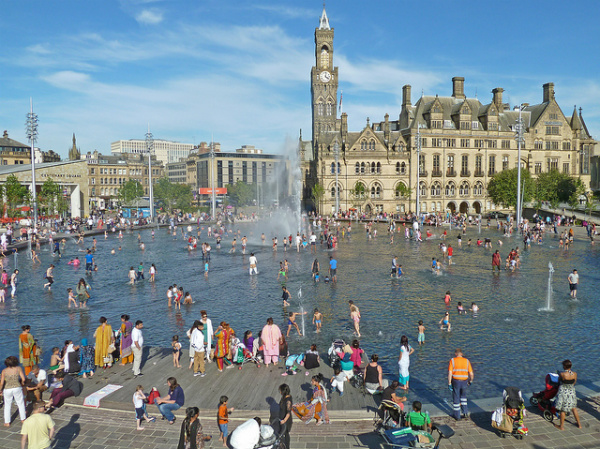
I have spent 25 years studying cities, and culture; so it was an interesting, if daunting, task to be asked to write one of the working papers for the Foresight Future of Cities project.
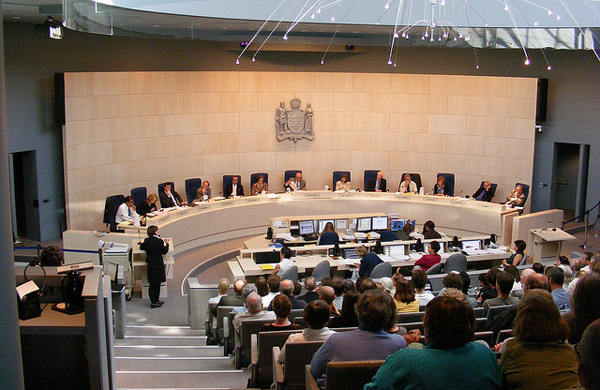
There is growing recognition that cities are where the action is. Cities are playing an increasingly important role in creating prosperity, cultural vibrancy, social cohesion and better quality of life. How cities are governed is a critical success factor.
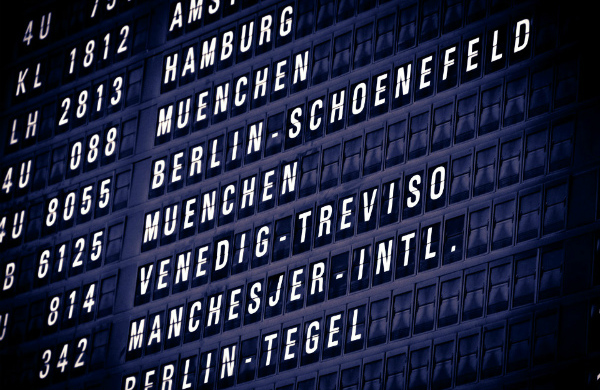
I recently lived in India, where English is widely spoken. English is my own mother tongue and, when discussing something with Indians, I often presumed that, just because ‘we both spoke English’, we would understand each other.